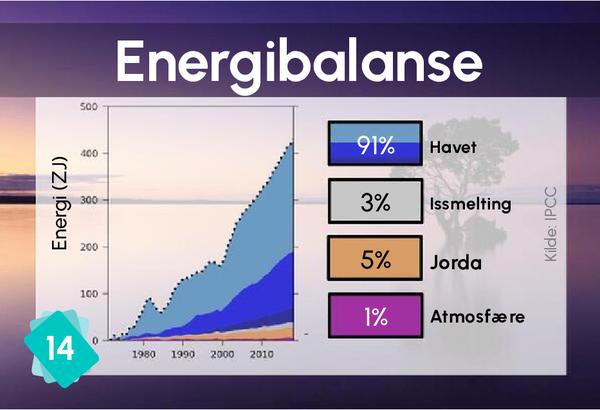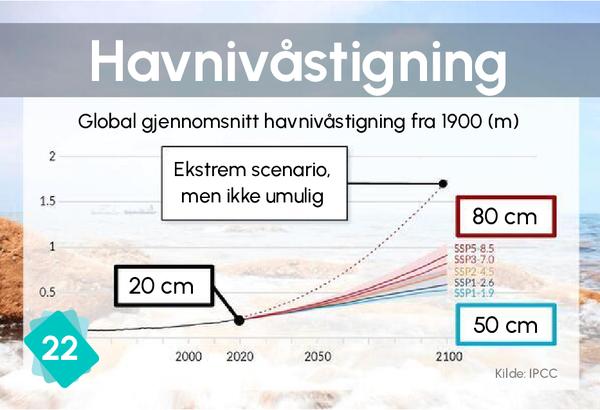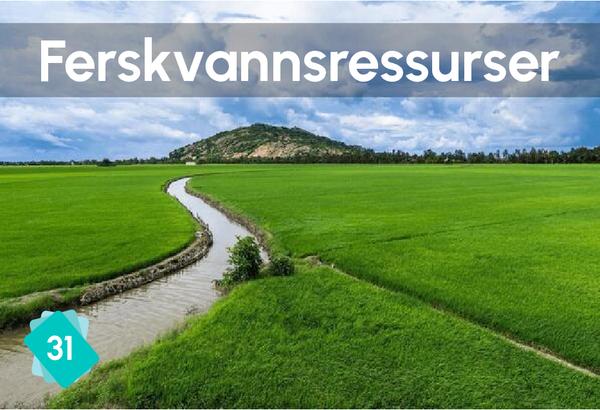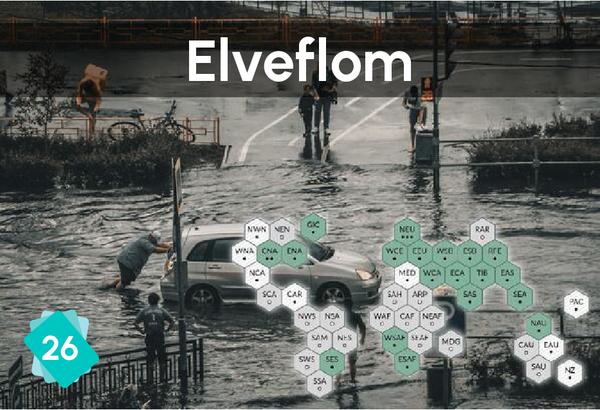16 - Smelting av isbreer
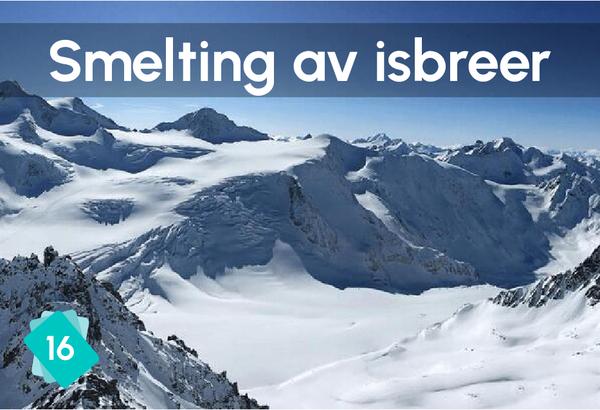
✏️ This explanation does not yet exist in your language. Please fill this Google Form if you want to help us!
Her snakker vi om isbreene i fjellene.
Nesten alle isbreene har
mistet masse[1].
[1] AR6 WG1 TS2.5 s44 (s76) // SROOC Figur TS.3 s8
1Cause
Den ekstra drivhuseffekten forårsaker en positiv strålingspådriv. Overskuddsenergien fordeles i havet (93%), vegetasjonen (5%), isen (3%) og atmosfæren (1%). Denne energien varmer opp de stedene den fordeles i, øker temperaturen deres, og i isens tilfelle, får den til å smelte. Nesten alle isbreer har mistet masse.
KILDER: AR6 WG1 TS3.1 (energibalanse) s59 (s93) // AR6 WG1 TS2.5 (isbreers smelting) s44 (s76) // AR6 WG1 Figur TS.13 (d) : energibalanse s58 // AR6 WG1 Figur 9.21 : isbreers smelting s1294 (s1277)
2Consequences
A melting of 100 gigatons of ice per year is equivalent to about 0.28 mm per year of mean sea level rise. Thus, 15 to 35% of sea level rise is linked to the melting of glaciers, according the IPCC scenarios. 30% to 35% is linked to the expansion of water. The remainder is linked to the melting of the ice caps.
Melting glaciers threaten water supplies. Indeed, the relative importance of glacier melt water in summer can be considerable, contributing for example to 25% of August flows in the basins draining the European Alps, with an area of about 105 km2 and only 1% glacial cover. Their disappearance could be catastrophic for cities located in valleys watered by rivers flowing down from the surrounding mountains and for freshwater fauna. Glacier meltwater also increases in importance during droughts and heat waves.




